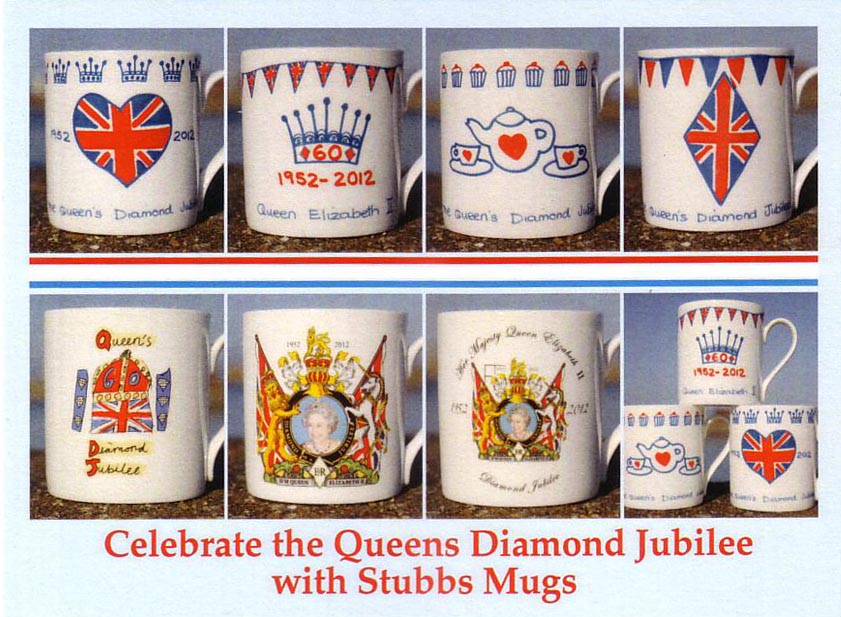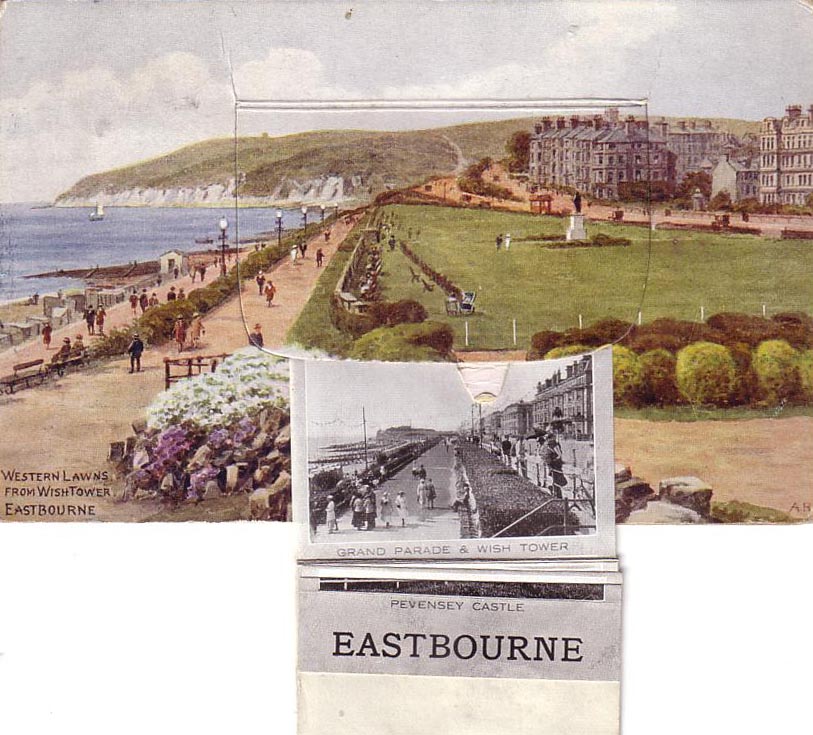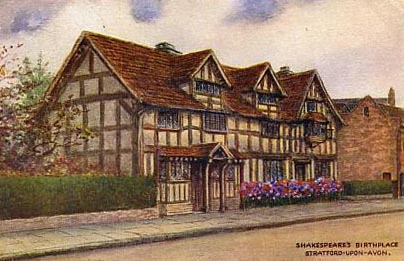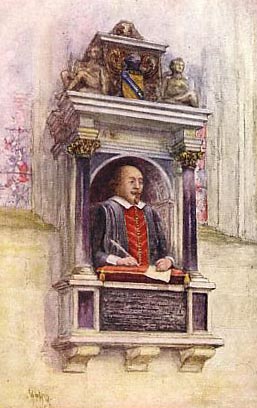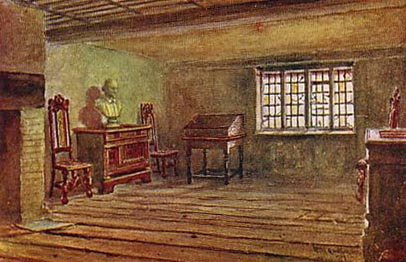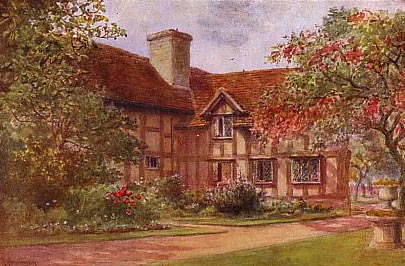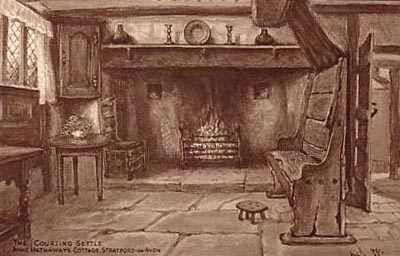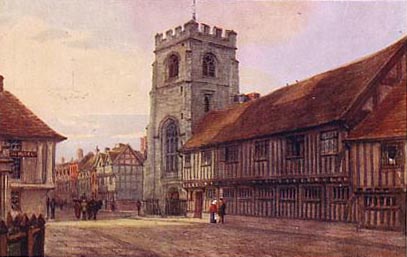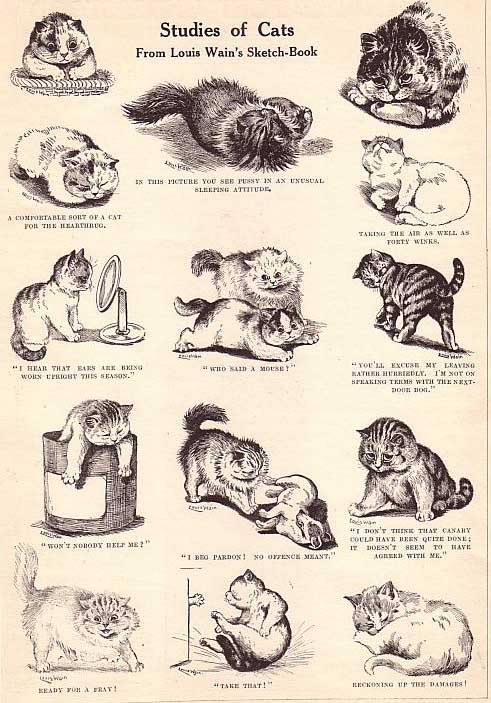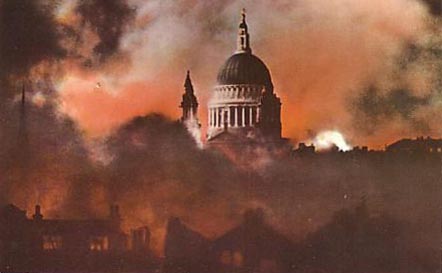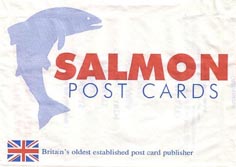Lately I have been collecting quite a number of postcards by W.W.Quatremain. He lived in Stratford-on-Avon and many of his paintings were of Shakespeare's home, his garden, where he went to school, etc. Thousands of them must have been published by Salmon to such an extent that it is possible to buy them at minimal prices these days. The Salmon family also took him on holiday so long as he took his easel and paints with him and I think these postcards are of a lot more interest to a lot of collectors. Here I will show you some of the Stratford-on-Avon postcards and when I have more of the seaside holiday views I will show you them too. He also painted many postcards of Warwick Castle. His postcards come in varying styles - original, oil, some have Birthday Greetings, etc. Many of them have been updated, so here are my postcards of Shakespeare, where he lived, etc.
The first card above in the group of three, no.2959, is titled Shakespeare's Birthplace Stratford-upon-Avon. There is a variety of this card showing it from different angles and with people or horse and cart, etc. in the picture.
The second card, 1505, has the title Shakespeare's Monument, Holy trinity Church, Stratford-on-Avon.
The third card, 662, is titled Shakespeare's Birthplace, Birthroom, Stratford-on-Avon. Not much in the way of updates here, at least so far in my findings.
The first card in the next group of three, no.1131, is titled Shakespeare's Birthplace, Garden, Stratford-on-Avon.
Next comes a card with no number. It has the same picture as no.2180, titled The Courting Settle, Anne Hathaway's Cottage, Stratford-on-Avon but no number is mentioned.
Finally the last card is no.1103. Titled Guild Chapel and Shakespeare.s School, Stratford-on-Avon.
Some of my information comes from a booklet written by Trevor Cleaver, a number of years ago. It could be that you could get a copy from Tony Longshaw if you are interested.
A good many years ago I bought a second-hand book which had pictures and words by Louis Wain. It was named The School Girl's Annual. The Studies of Cats is above and the words HOW I DRAW MY CATS follows
"It is difficult exactly to answer the question how I draw my cats, because it depends so much upon circumstancees. For instance, I like to sit down for an hour's nature work at my own or other people's cats, and take the cats in whatever mood I find myself. Sometimes I sit down at my drawing-table without thinking at all of nature, and yet nature comes very frankly, if one is in the humour, without the model, that is, if one is drawing natural cats.
But the work that is done direct from nature is more vivid, more convincing, and takes only half the time. The drawing is freer, the light and shade more daring and natural, and there is nothing to compare with it for conveying nature.
There are, however, many, many moods to draw upon, and if I want to get a real laughing cat I cannot get it by going to nature direct. I must go to nature the day before, and then keep the impression in my mind, and the mind models it into humorous guise with the strength of nature at the back of it.
But again, if I want a mild, irresponsible caricature, a grinning cat, then I have to let loose my nature impressions and let myself go on my own account, and it is astonishing what variety one can get in this way, and how one's moods vary from day to day. I have done as many as one hundred and fifty laughing cats at a time, no two being alike.
There is another way of sketching cats, and this way I often resort to. I take a sketch-book to a restaurant, or other public place, and draw the people in their different positions as cats, getting as near to their human characteristics as possible. This gives me doubly nature, and these studies I think my best humorous work.
I am told that I am very serious over it, but as a matter of fact I am bubbling over with interior laughter until I am tired, not of drawing, but of laughing. It is a species of laughter which is very keen and absorbing, and carries one away from one's surroundings, and I often feel afterwards as if I am aching all over.
Sometimes I get this mood upon me when I am drawing at charity bazaars, when pace comes into my pencil, and I draw an extraordinary number of sketches in a very short time. But they are keen mind-impressions drawn at concert pitch and full of life, and I sometimes think that I should like to keep these sketches myself, as I cannot draw them under studio or other conditions as I can at these bazaars, and I have nothing by me to represent these moods. It is, as I might express it, the quintessence of expressed life, as far as one can go and remain reasonable.
I have, of course, gone through the usual artistic method of only working when the mood is upon me, but that was long ago.
One learns that the mood for work could be, can be, and always is able to be forced at all times, and a favourite method with me when I get tired in my work is to force the tiredness until the tiredness wears out and leaves me strong. This may sound paradoxical, but it is nevertheless the fact that tiredness does not always mean mental inability, or physical disability, but simply a slacking of all the energies through a lack of interested mental concentration. I would impress this seriously upon the reader, because normally good health, good spirits, and good work all depend upon a good mental concentration; in fact, it is the energising factor of all human effort, and if one falls away from it seriously, then everything goes wrong, work comes in moods, health wavers to unfitness, and the mind stagnates, and any aid to bring about mental concentration and interest is of supreme importance to the individual.
Sometimes the mind satiates with pencil or pen-and-ink work, and takes readily to colour as a relaxation, sometimes it is the other way about.
I have just done a whole series of strikingly novel cats to be produced as china cats. The marking of these cats was of the most extraordinary interest, and I could not leave them, day or night, until finished. First, because I had struck a novelty; secondly, because they gave me scope for striking expression; thirdly, because I never knew from one moment to another exactly what I was going to do. It was the expression of a mood and it all came out as a surprise to me.
One thing, however, is extraordinary; in drawing my cats, I always commence by drawing the ears first; in every case I do this, and if I try any other way the proportions are certain to go wrong. Why, I do not know. Whether it is mere habit, and I have grown into it as a habit difficult to break, or not, it remains the same; any unsatisfactory work comes when the ears have not been the first keynote of the drawing.
Then there is that wonderful 6 B pencil drawing. There is nothing to compare with the comfort of drawing and the freedom and strength of handling it gives; but of course you must thoroughly know your work, and have a firm grip of your pencil when doing it.
But perhaps the most taxing of all work is marking in red Venetian chalk, a sort of brown red, rich and strikingly beautiful. It pulls on the paper and makes one very tired working in it in consequence.
As my work is done at great pace, and every stroke has to be put in very accurately without correction, one cannot rub out as one can pencil, and a wrong line spoils the whole drawing, and one cannot make a pencil study first of all to work over, as the pencil surface is slippery and will not take the chalk readily, and rubbing out with rubber spoils the paper for chalk. Consequently, when at rare intervals I work up to doing a red chalk drawing I am loath to part with it, because it means so much.
Cats are bad sitters in the ordinary sense; the more you want to keep them quiet the more they will move, and the more you try the more suspicious you make them. They have their soft evening moods, however and this is the best time for light and shade, and the best time to catch them. An occasional cat is vain enough to like being drawn, but the majority despise art and all its artful wiles.
I must have loved cats very much to have persuaded them to do all they have done for me. In drawing them you never know where you are, or where your work begins and ends. They are so fitful in their movements, you have to rush your pencil at its quickest pace, and make strong, vivid, mental impressions. You cannot stop still to study - that would be fatal. You must rush while the impression of form is strong in your mind. Sometimes a sketch done in a few strokes will amplify afterwards at leisure in detail, and turn out well; but sometimes a more elaborate sketch spoils by an afterthought.
The surest way for the student to start drawing cats is to buy a shilling china cat model. It cannot run away!"
LOUIS WAIN
